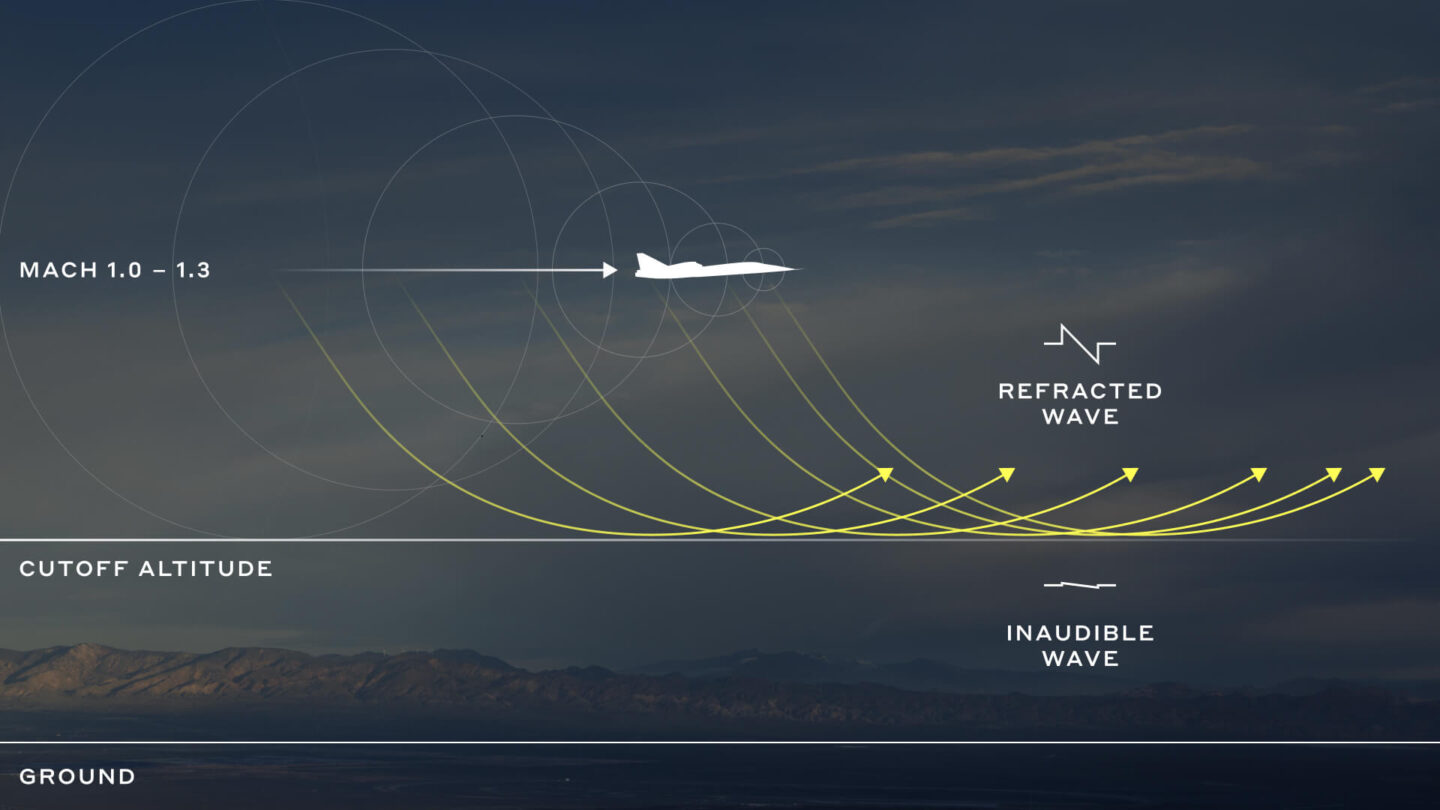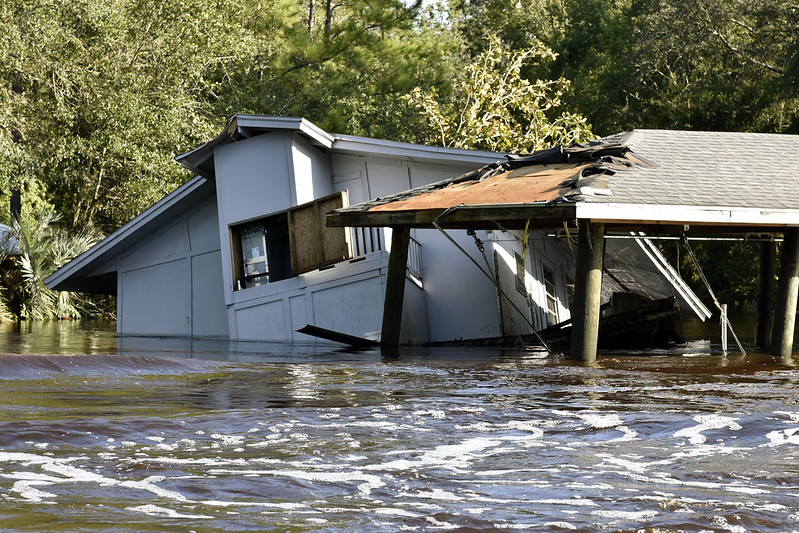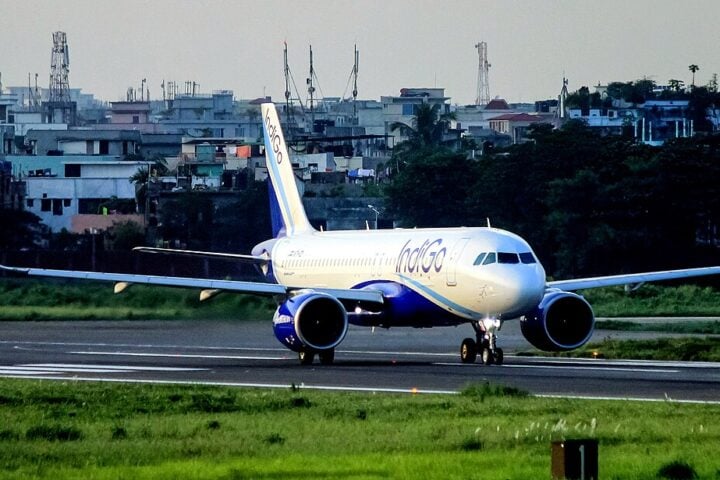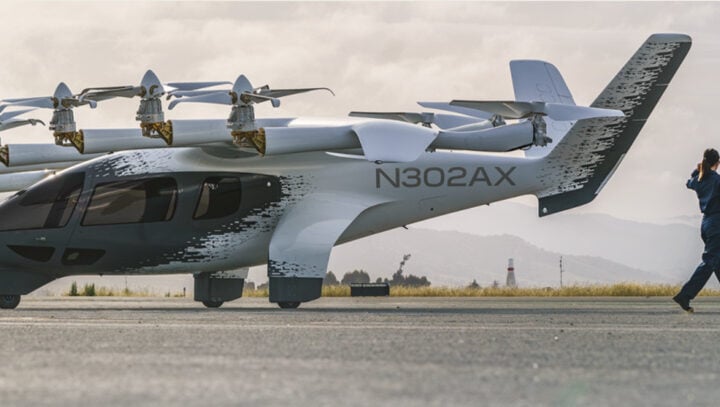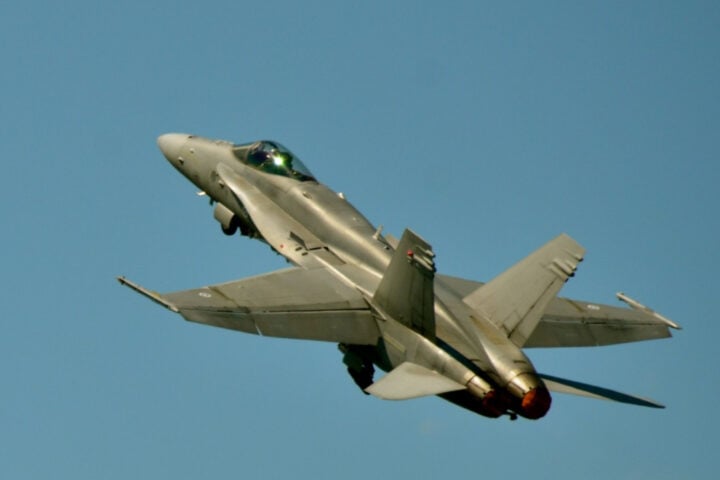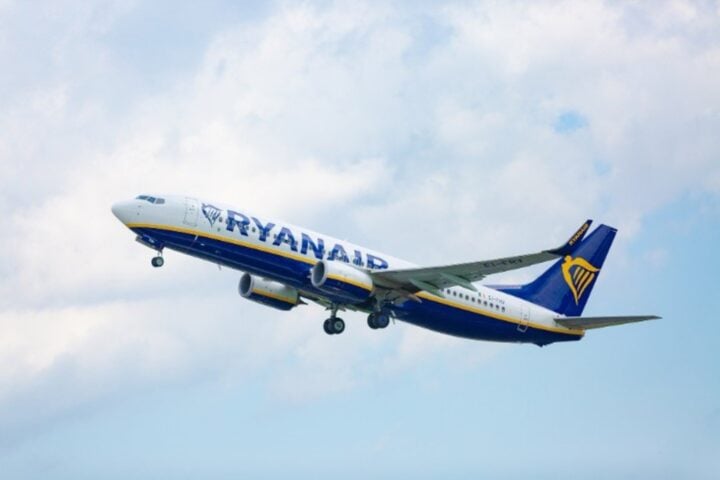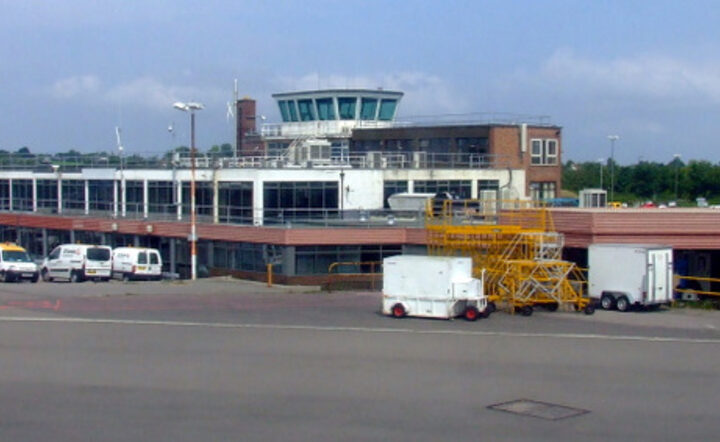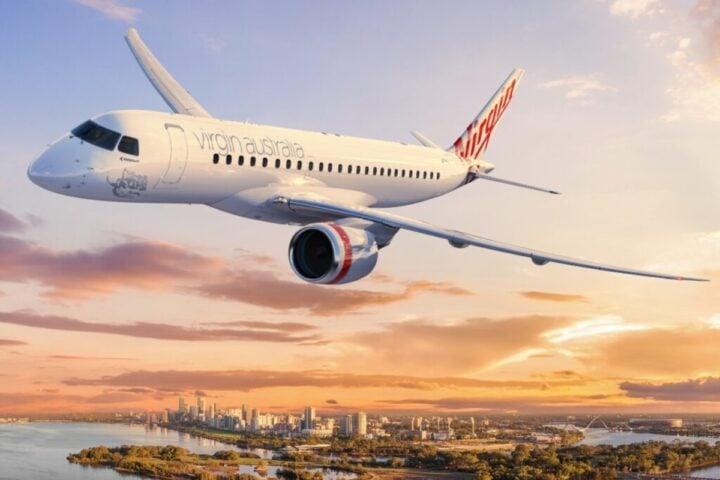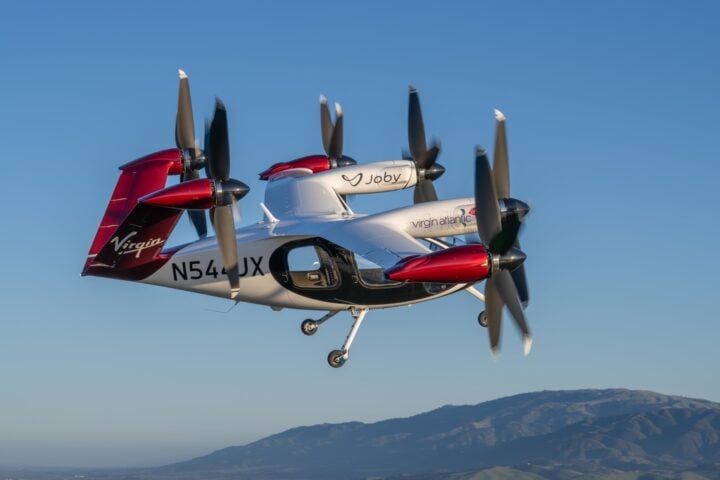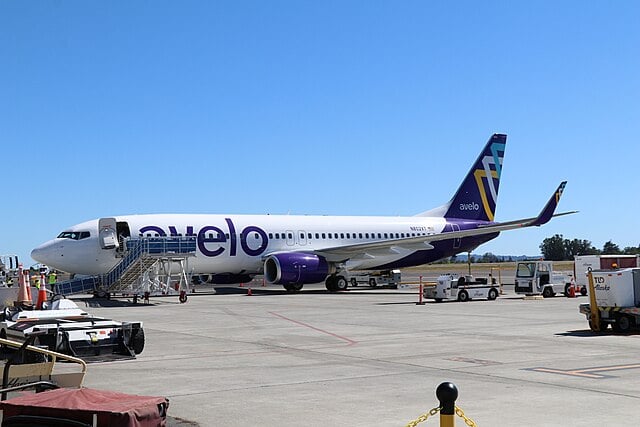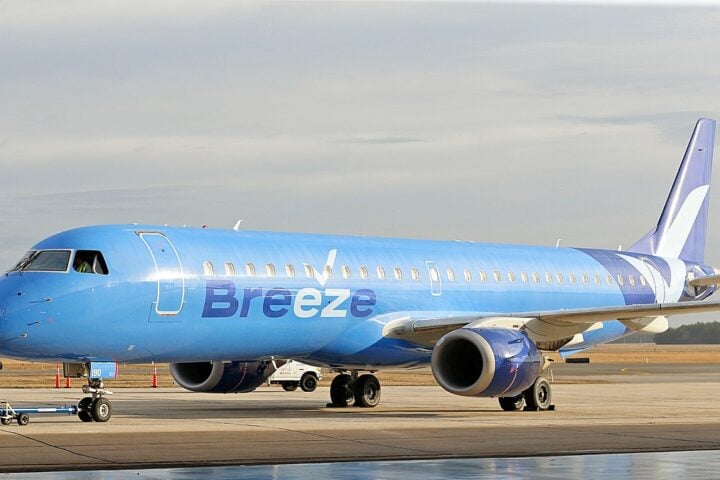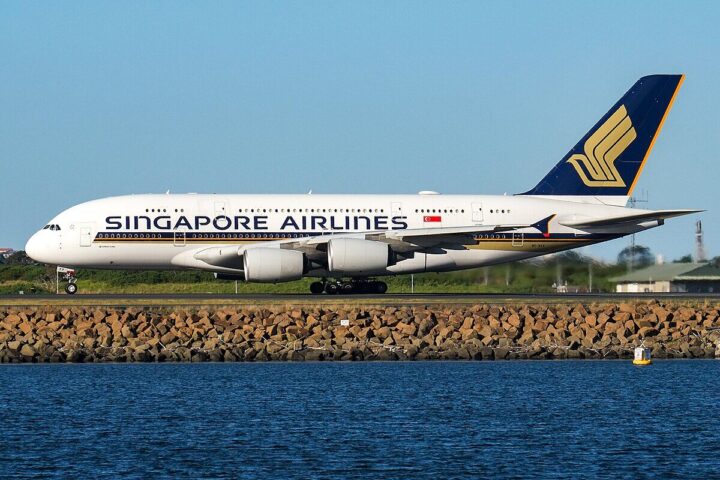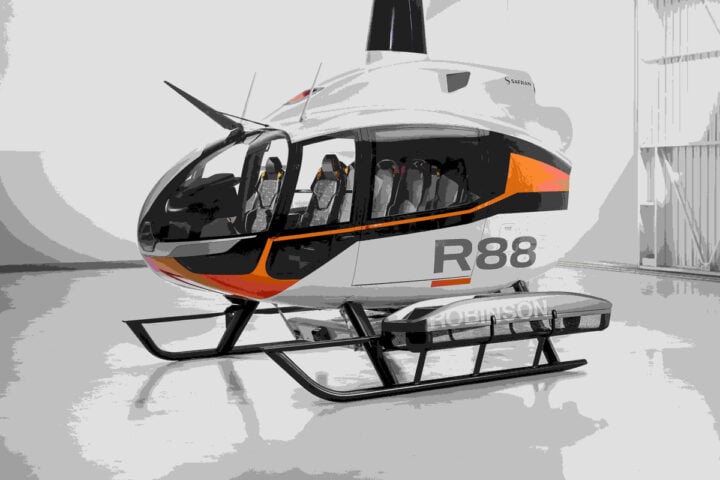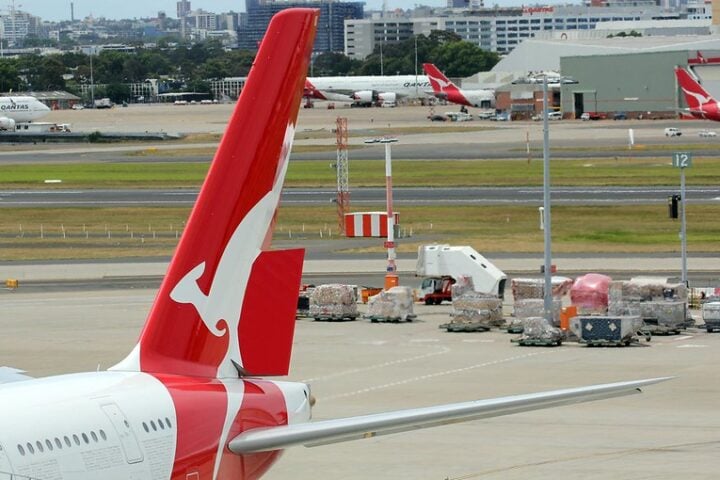In a significant development for commercial aviation, Boom Supersonic has demonstrated the ability to fly faster than sound without creating the thunderous sonic booms that have long restricted supersonic flight over land. The company’s test aircraft, XB-1, broke the sound barrier three times during its January 28, 2025 flight, reaching speeds of Mach 1.12 without generating an audible boom on the ground.
The breakthrough, called Boomless Cruise, works by flying at specific high altitudes where the sonic boom refracts in the atmosphere instead of reaching the ground. This physical phenomenon, known as Mach cutoff, was confirmed during the test flight using special microphone arrays placed along the flight path.
“XB-1 broke the sound barrier three times during its first supersonic flight—without an audible boom,” said Blake Scholl, Founder and CEO of Boom Supersonic. “This confirms what we’ve long believed: supersonic travel can be affordable, sustainable, and friendly to those onboard and on the ground.”
The technology could cut U.S. coast-to-coast flight times by up to 90 minutes. Boom’s upcoming passenger aircraft, Overture, is designed to fly at Mach 1.3 (about 1,000 miles per hour) over land without creating sonic booms, and up to Mach 1.7 over water.
However, some aviation experts remain cautious about the technology’s wider application. Bernd Liebhardt from the German Aerospace Center suggests that using Mach cutoff might be “more of a niche use case for supersonic business jet users.”
Similar Posts
The key to achieving silent supersonic flight lies in Boom’s custom-designed Symphony engine. Unlike other commercial engines, Symphony’s enhanced transonic thrust enables the aircraft to break the sound barrier above 30,000 feet—the altitude needed for Mach cutoff to work. The aircraft’s autopilot system automatically adjusts its speed based on atmospheric conditions to maintain quiet flight.
Boom has already secured 130 orders and pre-orders for Overture from major carriers including American Airlines, United Airlines, and Japan Airlines. The company completed construction of its manufacturing facility in Greensboro, North Carolina in 2024, with plans to produce up to 66 aircraft annually.
Current regulations still prohibit supersonic flight over land, even without sonic booms. Until these rules change, Boom plans to operate Overture at Mach 0.94 over land—about 20% faster than today’s commercial jets—while reaching full supersonic speeds over water.
The company expects to complete core engine tests for Symphony by the end of 2025, which will evaluate critical components like the compressor, combustor, and turbine section. This testing phase aims to speed up the certification process for the new engine.

Overture is being designed to use 100% sustainable aviation fuel (SAF), addressing environmental concerns that have historically surrounded supersonic travel. The combination of quiet operation and sustainable fuel usage could help overcome the major obstacles that have limited supersonic passenger aircraft operations in the past.
Moving forward, Boom’s achievement with Boomless Cruise technology represents a potential shift in air travel, though regulatory hurdles and practical implementation challenges remain to be addressed before silent supersonic flight becomes a regular part of commercial aviation.
